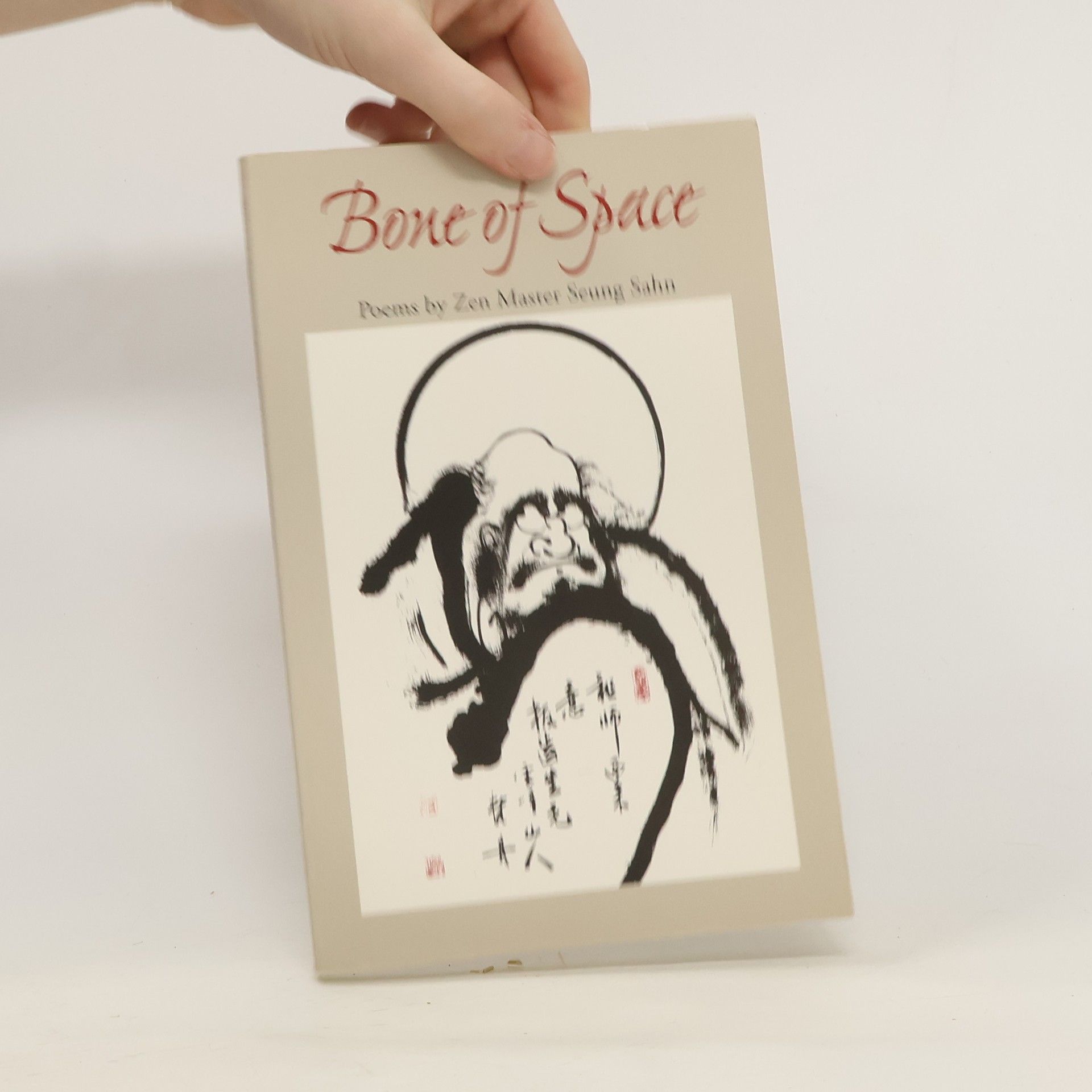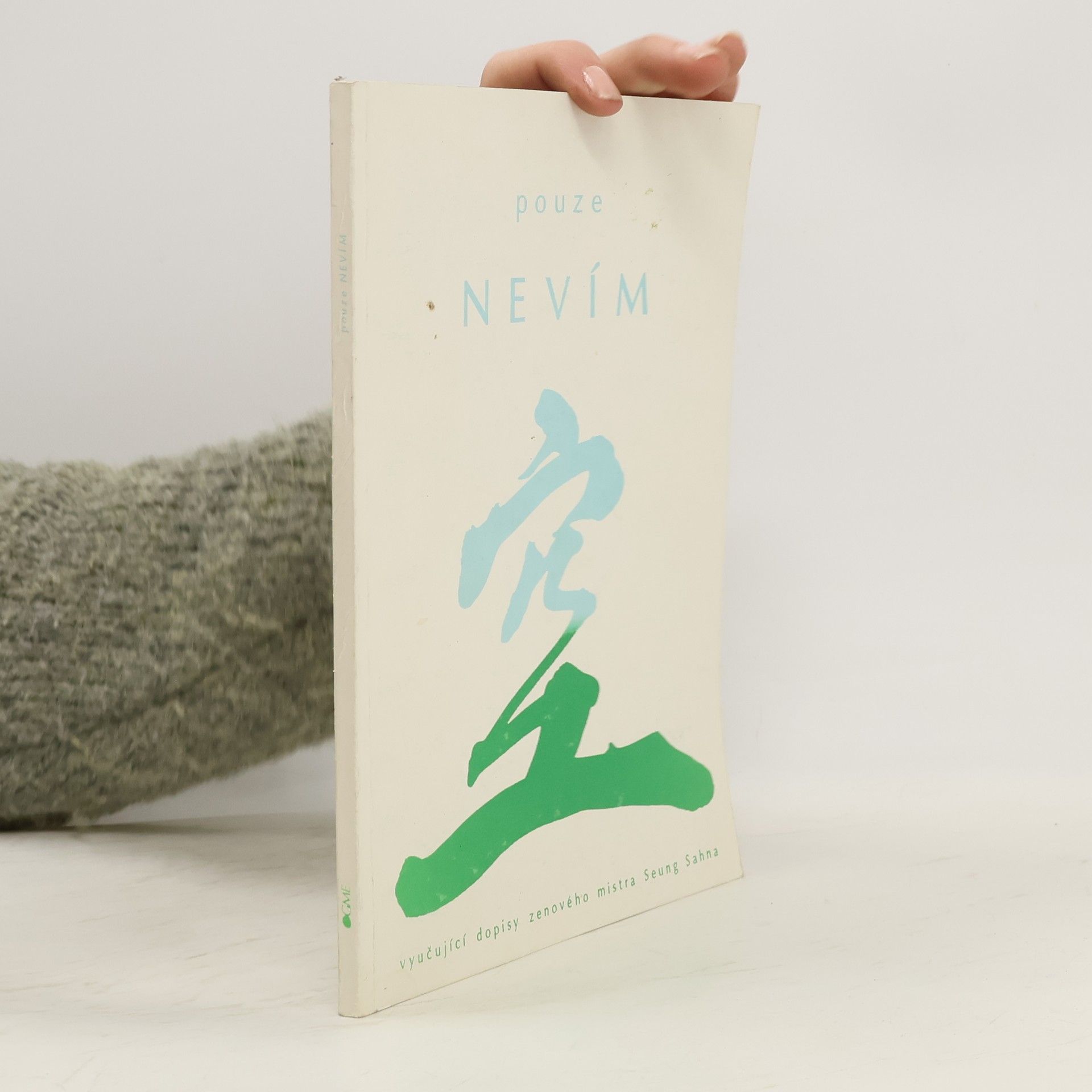Zen Master Seung Sahn, the first Korean Zen Master to teach in the West, transitioned from academia and radical politics to Buddhism after receiving transmission from Zen Master Ko Bong at age 22. As the youngest Zen Master in Korea, he revitalized Korean Buddhism, serving as abbot of five temples in Seoul and founding others in Japan. His journey led him to the United States in 1972, where he established the international Kwan Um School of Zen, fostering a community of students dedicated to Zen practice.
Seung Sahn Book order







- 2019
- 2014
The Whole World Is a Single Flower
365 Kong-ans for Everyday Life With Questions and Commentary
- 272 pages
- 10 hours of reading
This collection uniquely blends Buddhist, Christian, and Taoist koans, offering a broader spiritual perspective. It features classic Buddhist koans from renowned texts alongside Christian insights from Angelus Silesius and Taoist wisdom from the Tao Te Ching. The probing questions challenge readers' understanding, while the insightful commentaries enhance the experience, revealing profound truths with humor and subtlety. This anthology promises to engage both the mind and spirit, making it a significant contribution to spiritual literature.
- 2006
A major figure in the transmission of Zen to the West, Zen Master Seung Sahn was known for his powerful teaching style, which was direct, surprising, and often humorous. He taught that Zen is not about achieving a goal, but about acting spontaneously from “don’t-know mind.” It is from this “before-thinking” nature, he taught, that true compassion and the desire to serve others naturally arises. This collection of teaching stories, talks, and spontaneous dialogues with students offers readers a fresh and immediate encounter with one of the great Zen masters of the twentieth century.
- 2006
Zenový kompas je jednoduchou, jasnou a mnohdy humornou ukázkou základního učení hlavních buddhistických tradic (kulminujících v zenu) přednesenou jedním z nejoblíbenějších zenových mistrů 20. století. Takto je zenový mistr Seungh Sahn podával v průběhu mnoha let po celém světě. Stal se známým díky své jedinečné schopnosti proniknout do jádra buddhistického učení způsobem, který je mimořádně jasný, a nesklouzávat přitom k esoterickým nebo akademickým výrazům. V této knize, která vychází z jeho promluv, představuje základní učení buddhismu způsobem, který je nesmírně obohacující a zároveň snadno přístupný jak pro začátečníky, tak pro mnohaleté studenty.
- 2001
Deset bran : kong-anové učení zenového mistra Seung Sahna
- 150 pages
- 6 hours of reading
Komentáře a vyučující dopisy korejského zenového mistra k deseti vybraným kong-anům.
- 1999
Here is the inimitable Zen Master Seung Sahn up close and personal—in selections from the correspondence that was one of his primary modes of teaching. Seung Sahn received hundreds of letters per month, each of which he answered personally, and some of the best of which are included here. His frank and funny style, familiar to readers of Dropping Ashes on the Buddha, is seen here in a most intimate form. The beloved Zen master not only answers questions on Zen teaching and practice, but applies an enlightened approach to problems with work, relationships, suffering, and the teacher-student relationship.
- 1996
Odklepávanie popola na Buddhu
- 300 pages
- 11 hours of reading
Kniha je zbierkou učenia Seung Sahna Soen Sa Nima v Amerike, zbierkou dialógov, príbehov, formálnych zenových rozhovorov, rečí dharmy a listov. Slová vznikajú, keď vznikajú situácie. Každá situácia je hrou a zároveň otázkou života a smrti.
- 1992
Celý svět je jedna květina
- 433 pages
- 16 hours of reading
Soubor 365 zenových kong-anů (kóanů) s otázkami a komentáři zenového mistra Seung Sahna. Kromě tradičních zenových kong-anů obsahuje také příběhy převzaté od křesťanských autorů a z taoismu. Každý z kong-anů je důležitý a každá z otázek je jako zrcadlo, které učitel žákovi nastavuje. Nejdůležitější je však 366. kong-an. Je to kong-an našeho života.
- 1991
Pouze "nevím"
- 115 pages
- 5 hours of reading



